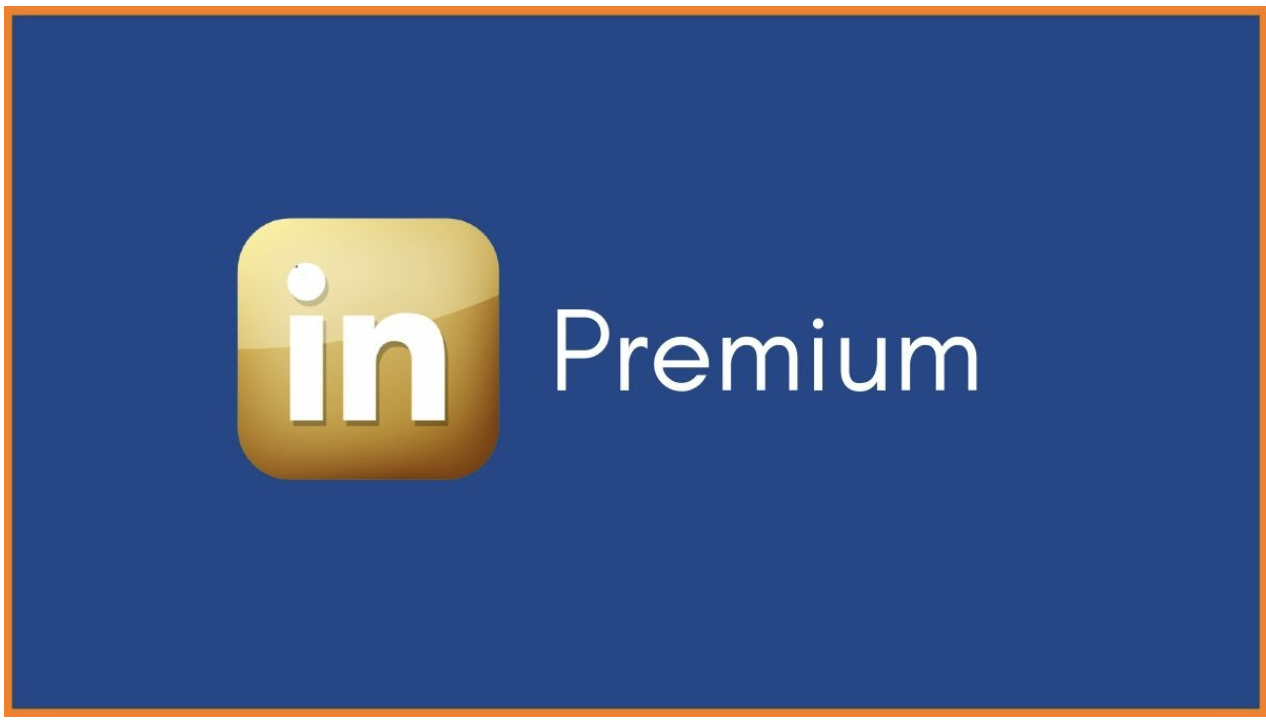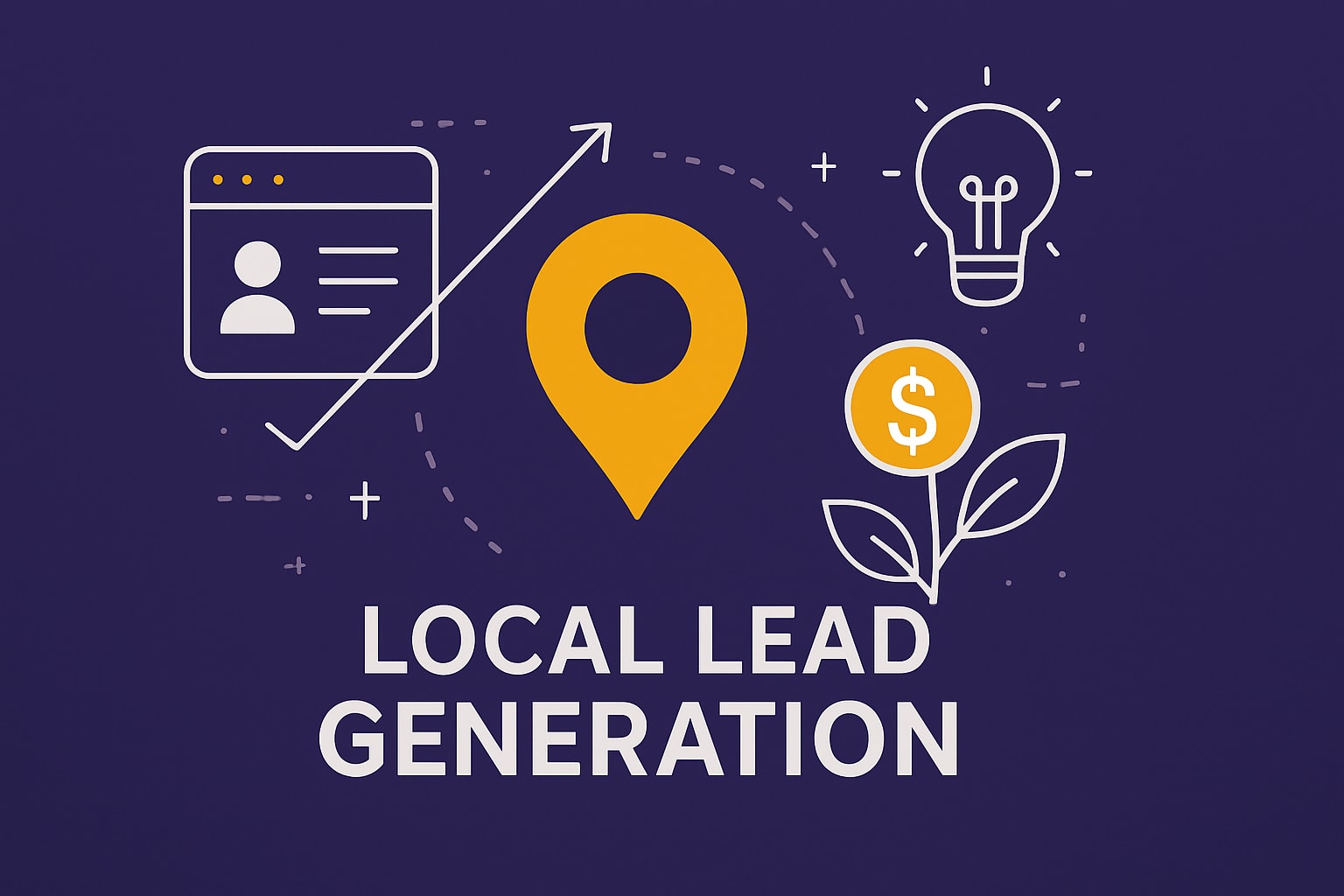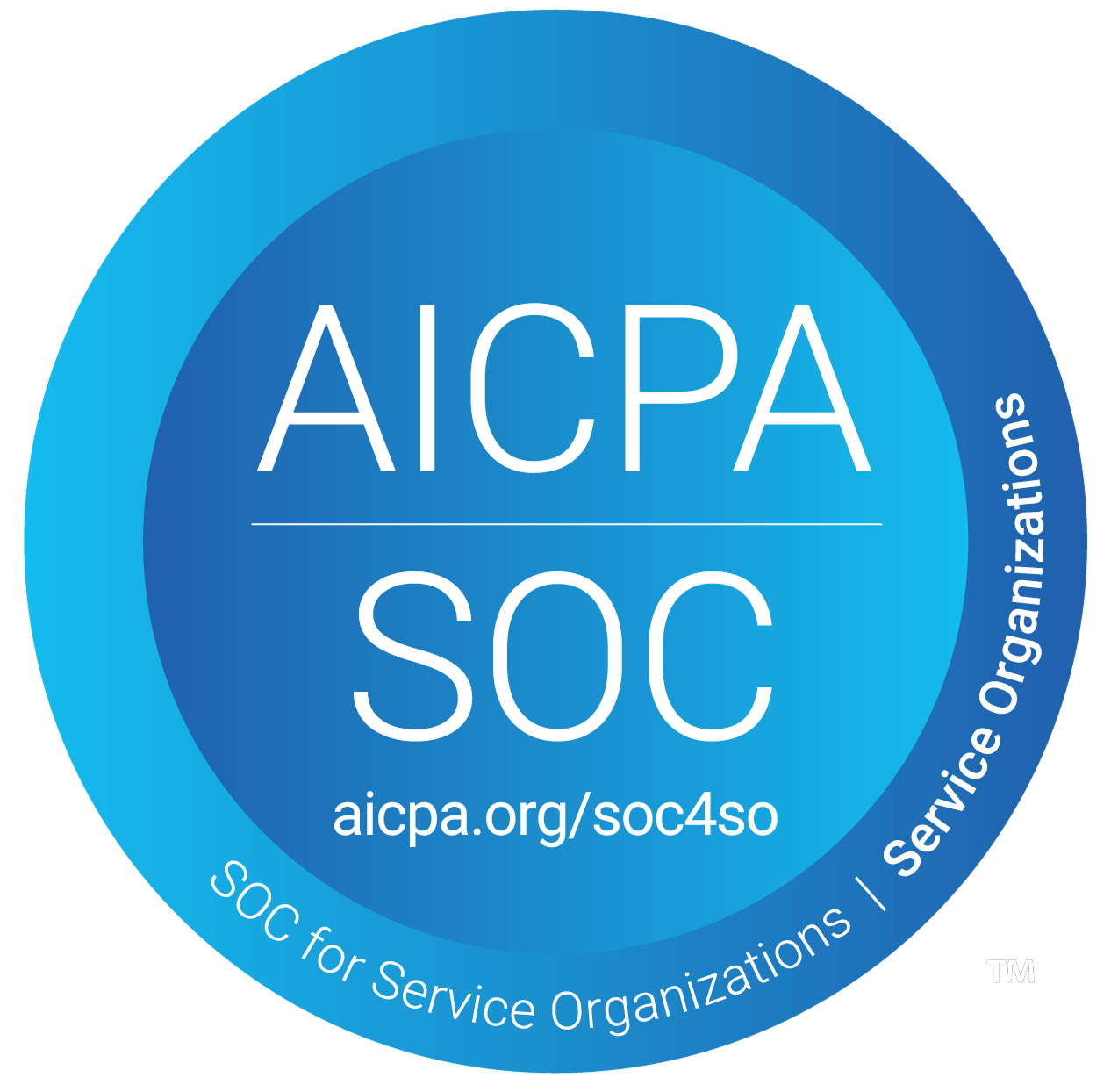It’s no secret that scarcity marketing works wonders for businesses. People always have this fear of missing out (FOMO), and it is what motivates them to act. Thanks to this FOMO, scarcity marketing gets to thrive.
Have you ever heard of the “beer goggle effect”? You find yourself at a bar with your friends and you see an attractive girl. With “beer goggles”, there is a heightened perception of attractiveness. Studies have shown that when drinking beer or other forms of alcohol it lowers people’s inhibitions and distorts their vision. You may be surprised to know that Australian scientists actually studied this and found that the effect has nothing to do with alcohol at all… it is actually the scarcity principle at work.
You see, they found that it is true that the perceived attractiveness of members of the opposite sex increases towards closing time at bars. However, even when the participants of the study had not been drinking alcohol, the effect still held true! What this suggests is that the “beer goggle effect” isn’t actually about beer, but about the number of “options'' becoming scarce towards closing time.

What is the principle of scarcity?
The principle of scarcity states that when there is a limited supply of an item, the more attractive it is. One example of scarcity can be seen in the fast food chain- Mcdonald's.
Every year during the month of March, Mcdonald's launches their famous Shamrock shake in honor of St. Patrick’s Day. In this example, Mcdonald’s is using scarcity to reach more customers, resulting in more sales for their product.
So how can you effectively use scarcity in B2B marketing? Follow these five steps:
1. Set a time limitation- if you set a time limitation of a week, two weeks or a month, this can be the most effective call to action and can help you convert more leads.
2. Limited Supply- if you tell your customers that there is a limited supply of an item they want, they are more likely to purchase it. This is probably the reason why the new PS5 game system was sold out within the first few days after it’s launched.
3. Seasonality- just like the example with Mcdonalds, companies can use holidays to their advantage! You can market your products and services throughout the year. This scarcity tactic if used well, can be an awesome marketing tool. For example, if you own a chocolate company perhaps offer discounts and promotions on Valentine’s day.
4. Offer a limited FREE trial- if you offer your customers a limited free trial, more often you will see an increase in your conversation. The limited free trial- will rush your prospects to sign up because they have nothing to lose, and they would want to get the offer before it’s over (FOMO is the name of the game). If they fall in love with your service or if you manage to create value for them during the free trial, then they will become paying customers.
5. Don’t “over use” scarcity -While scarcity marketing helps boost your sales, you have to remember that there are certain limitations to this strategy.
- Scarcity marketing won’t magically fix underperforming sales. Yes, the strategy is meant to increase the level of desirability of a product, but it doesn’t necessarily mean you’ll get instant sales from it. This is especially true if you’re a new brand and don’t yet have a loyal customer base yet. To find success in this method, you need to have people who will line up to wait for your scarce offering first.
- Scarcity marketing is a trial and error. There’s no “one true formula” to this method. You have to test it out every time to find the right tactic that will appeal to your audience. Always test, monitor, and re-test to discover what works.
So as you can see that behavioral economics including the principle of scarcity can add rocket fuel to your marketing efforts. By using scarcity techniques like time limitation, limited supply, limited free trials and seasonality, you can increase your lead conversion rate and thus increase your revenue!
Want to find more leads by applying behavioral economics to your lead gen campaigns? Get in touch!
#Samplead









